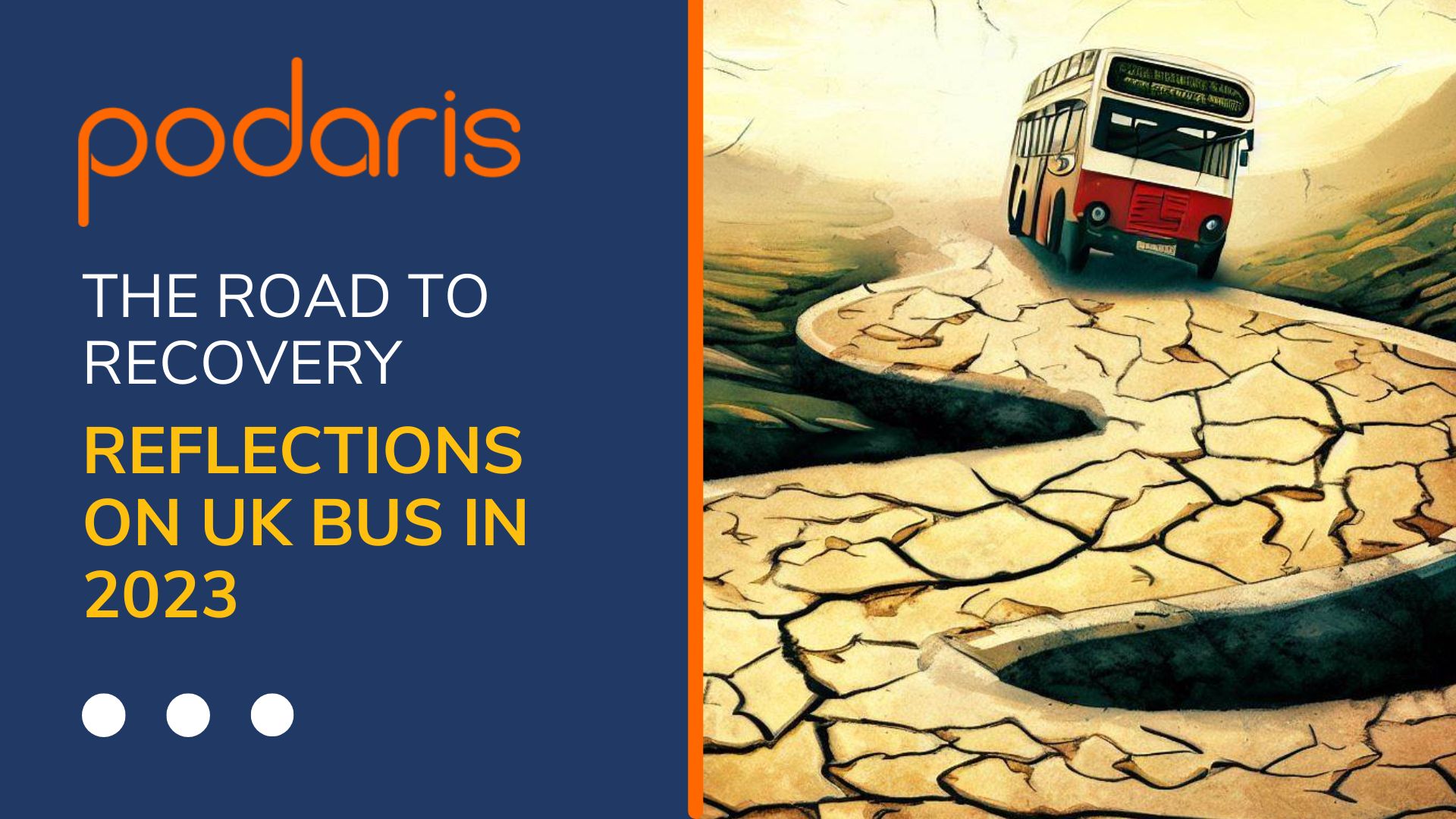
Those keeping a close eye on the state of bus travel in the UK will be aware that the end of June was set to mark the cessation of the Bus Recovery Grant (BRG) and the £2 fare cap for journeys outside of London.
The BRG was set up in September 2021 to provide financial support to commercial bus operators in England as a strategy for recovery from the financial impact of the COVID-19 pandemic and as part of the government's commitment to “levelling up” transport across the UK by making bus travel more affordable and accessible.
Despite the more than £3.5 billion in investment for buses since March 2020, bus operators have predicted that up to 15% of the network comprising local bus services in England are at risk without further intervention from the government. To that end, this May saw the earmarking of £300m in new investment to protect bus services and keep travel affordable into 2025. Of that number, £160 million will be assigned to local transport authorities (LTAS) to improve fares, services and infrastructure with the remainder going directly to operators.
An additional £200m will allow for the continued capping of single bus fares outside of the capital at £2 (until October 2023, and £2.50 thereafter until November 2024). While the cap represents significant savings on certain journeys (up to 86% in some cases), the news has been met with mixed enthusiasm. Graham Vidler, CEO of the Confederation of Passenger Transport, welcomes the price cap and the funding settlement but says they alone “will not save every service in every part of the country. Operators and local authorities will now work together to study the detail of the government’s proposals and ensure that the funding is used to safeguard the best possible network for local passengers.”
Others are calling for increased awareness of the cap in the form of advertising, in order to maximise the effectiveness of the campaign and drive patronage.
A Piecemeal Solution?
There is further suggestion from some that the strategic interventions of the last few years, such as the National Bus Strategy have been ‘piecemeal’ (to quote the Transport committee of MPs this March) and that pandemic recovery in terms of passenger numbers, while encouraging at 85-90% pre-Covid levels, “hides a patchwork beneath” (Martin Dean, Go-Ahead)
In the latter case, this refers to a disparity between thriving cities such as Manchester, and shire towns and rural networks, with a large number of concessionary passengers. For such passengers, limited access to bus travel represents a real risk of social isolation and exclusion from essential services.
In April this year, the government released statistics for concessionary travel for the year ending March 2022. Forming a complete picture from the available data is not possible as a number of the statistics for older and disabled concessionary bus journeys for Travel Concession Authorities (TCAs) around the country are omitted, owing to them being either confidential, not available or not applicable. Nonetheless, from the available data, we see a 107.5% increase in such journeys in 2022 from the year before (from 234,507,604 to 486,696,892, omitting 25 TCAs).
We can look at local bus passenger journeys (seasonally adjusted) more generally in the latest statistics released this April, in England outside London and London for the years ending June 2005 to June 2022, and observe the beginnings of a sharp climb back to normality.
Inevitably, and despite funding measures there will still be difficult decisions to be made in prioritising services, especially for those in rural areas. Podaris has assisted in the analysis of networks for a number of Local Authorities in the recent past, helping them to make informed, data-driven decisions about which services to prioritise. The same planning and analysis tools in Podaris have also empowered those authorities to produce Bus Service Improvement Plans that have secured funding for their region.
To discover how Podaris can help unlock insights into your network and accelerate planning with a host of powerful yet easy to use tools for travel time, accessibility and cost analysis, schedule a demo with us today.
